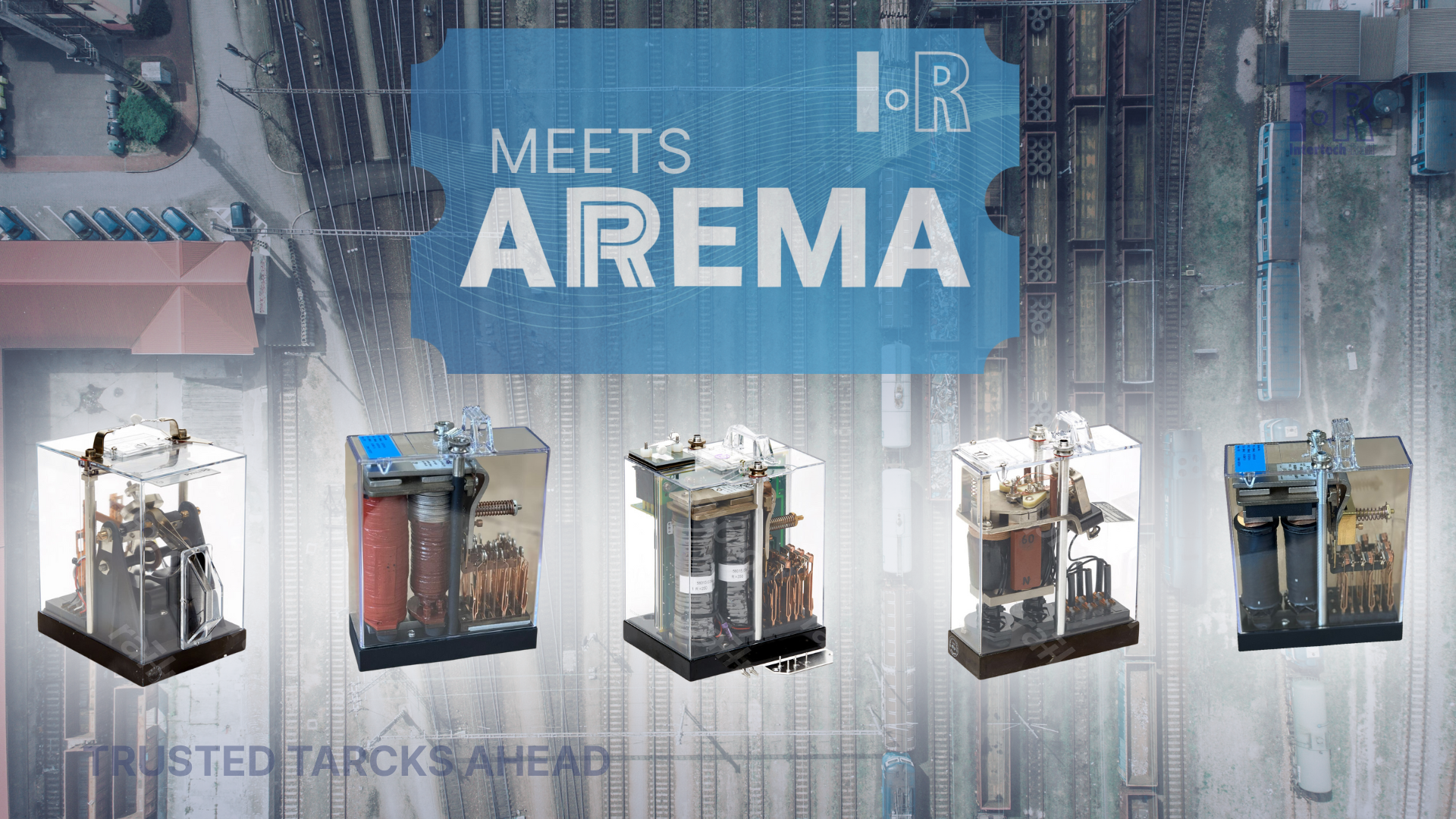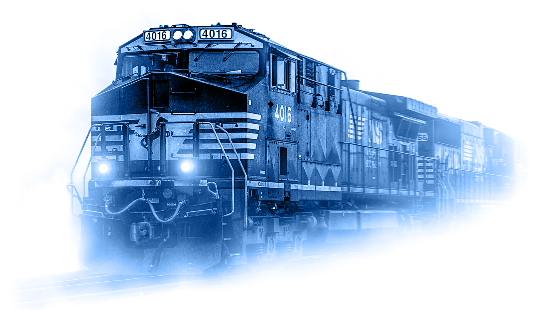The RFID Balise System is a critical component of modern ATO
The RFID Balise System is a critical component of modern Automatic Train Operation (ATO) systems. ATO is an advanced technology that enables trains to run automatically without the need for a human driver. The Balise System is essential to this automation as it provides real-time information to the train about its location, speed, and other important operational parameters.
Understanding the RFIDBalise System: Transmitting Real-Time Data for Automated Trains
Balise is a French word meaning "beacon." The Balise System works by transmitting data to the train via small radio beacons placed along the railway track. These beacons (or RFID with no batteries) are strategically positioned at specific intervals, typically every 500 to 800 meters, to provide continuous and accurate information to the train. The RFID Balise System is a highly reliable and efficient way of transmitting data to the train, and it is an important element of modern railway systems.
Intertech Rail has many kinds of RFID balises that, for many years, has been part of most Railways and Subways around the world doing with 99,9% accuracy the job. Big players, manufacturers of the onboard computing system trust in the RFID technology in many ways.
Enhancing Safety and Efficiency: The Role of the Balise System in ATO
The Balise System is especially important for ATO systems as it provides the train with the information it needs to run automatically. The information transmitted by the Balise System includes the train's location, speed, and direction, as well as other operational parameters such as
signals and
switch positions. This information is essential for the train's control system to make safe and efficient decisions about the train's speed and direction.

In addition to its role in ATO systems, the Balise System is also used for train protection and train management. For example, the Balise System can be used to provide the train with information about potential hazards on the track, such as obstacles or temporary speed restrictions. This information is critical for the train's safety, as it allows the train to slow down or stop in an emergency.
Beyond Automation: Balise System for Train Protection and Management
The Balise System is also used for train management, as it provides real-time information about the train's progress and location. This information is used by train dispatchers and other railway personnel to manage train schedules, monitor train performance, and respond to any operational issues that may arise. They are also used for the ATC (Automatic Train Control), such as Ultracab II (property of Alstom), in a driverless environment. The Train, or Tram, passenger or freight, drives itself.
Real-Time Data for Safe and Efficient Train Operations: The Power of RFID Balises
RFID tags used as balize plays a critical role in the safe and efficient operation of trains. Its real-time data transmission capabilities provide the train with the information it needs to run automatically, and its use in train protection and management ensures the safe and efficient operation of the railway system. The RFID Balise System is a proven and reliable technology that has been used successfully in many countries around the world, and it continues to play a critical role in the development of modern railway systems.
Share article









